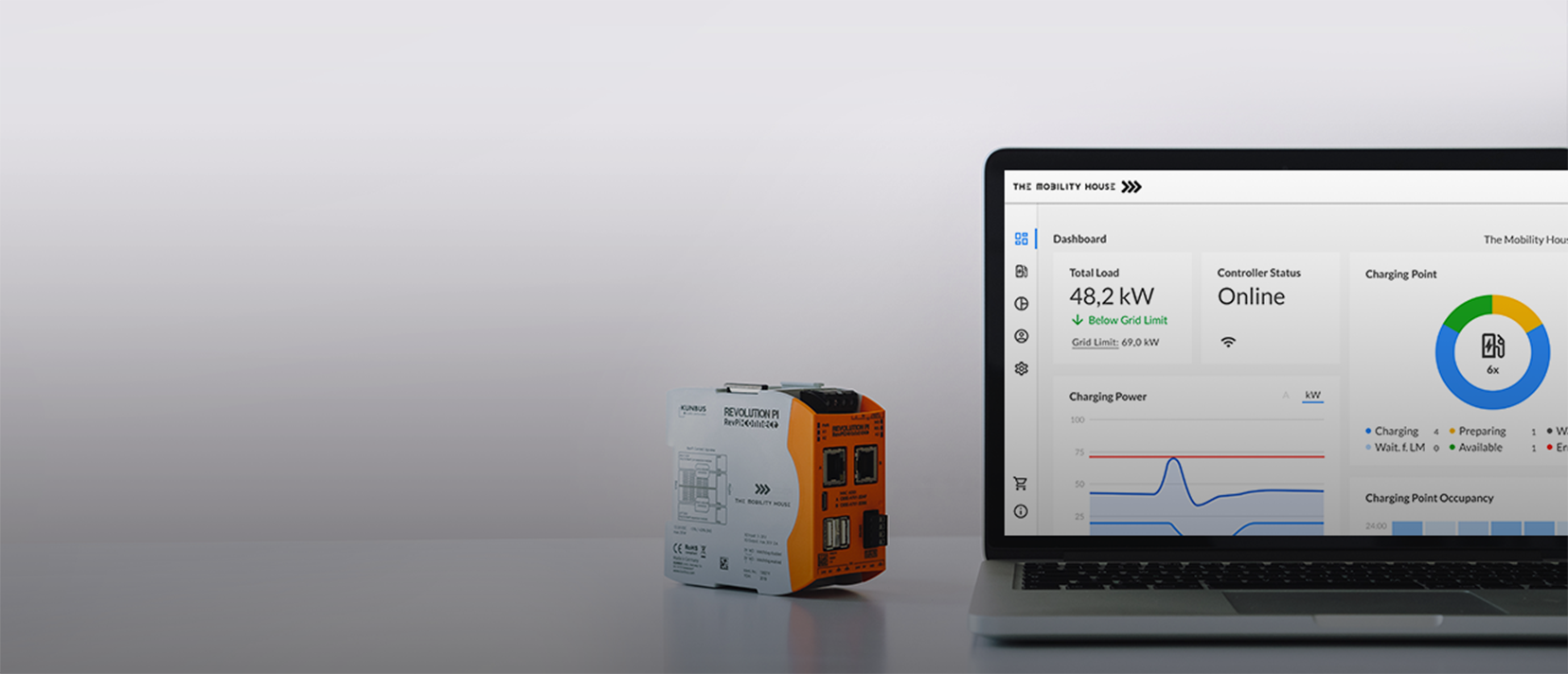Integrate ChargePilot via iFrame

The use of iframes for embedding web content is still a common practice, but it may not be considered the state-of-the-art approach in all cases. The suitability of using iframes depends on the specific requirements and context of the web application you are building. While iframes provide a way to embed external web content within a page, they come with certain limitations and considerations:
Responsive design challenges: The ChargePilot Web Portal is optimized to use all functions on different devices as best as possible. Integrating the portal via iFrame into a third-party web application will hinder this optimization and thus significantly limit or prevent functionality. A necessary adaptation in each case would lead to different portal applications, which is not in the product strategy of TMH.
Security concerns: iframes can introduce security risks such as cross-site scripting (XSS), clickjacking, and cross-origin resource sharing (CORS). To mitigate these risks, appropriate security measures must be taken, each of which would require extensive integration and customization on the part of TMH, which is not within TMH's product strategy.
Limited accessibility: Content within an iframe may present challenges for users with disabilities, as screen readers and other assistive technologies may not interpret the content within iframes as expected. Accessibility considerations should be taken into account when using iframes.
Cross-domain communication limitations: If the embedded content requires seamless communication and interaction with the parent page, using iframes may introduce complexities. Cross-domain communication between the parent page and the content within the iframe often requires additional techniques such as postMessage API or the use of server-side proxies.
Alternatives to iframes have emerged in recent years, such as using modern web component frameworks (e.g., React, Angular, Vue.js) to build reusable and modular components. These frameworks provide more flexibility, better control over the DOM, and easier integration of third-party libraries or components.
